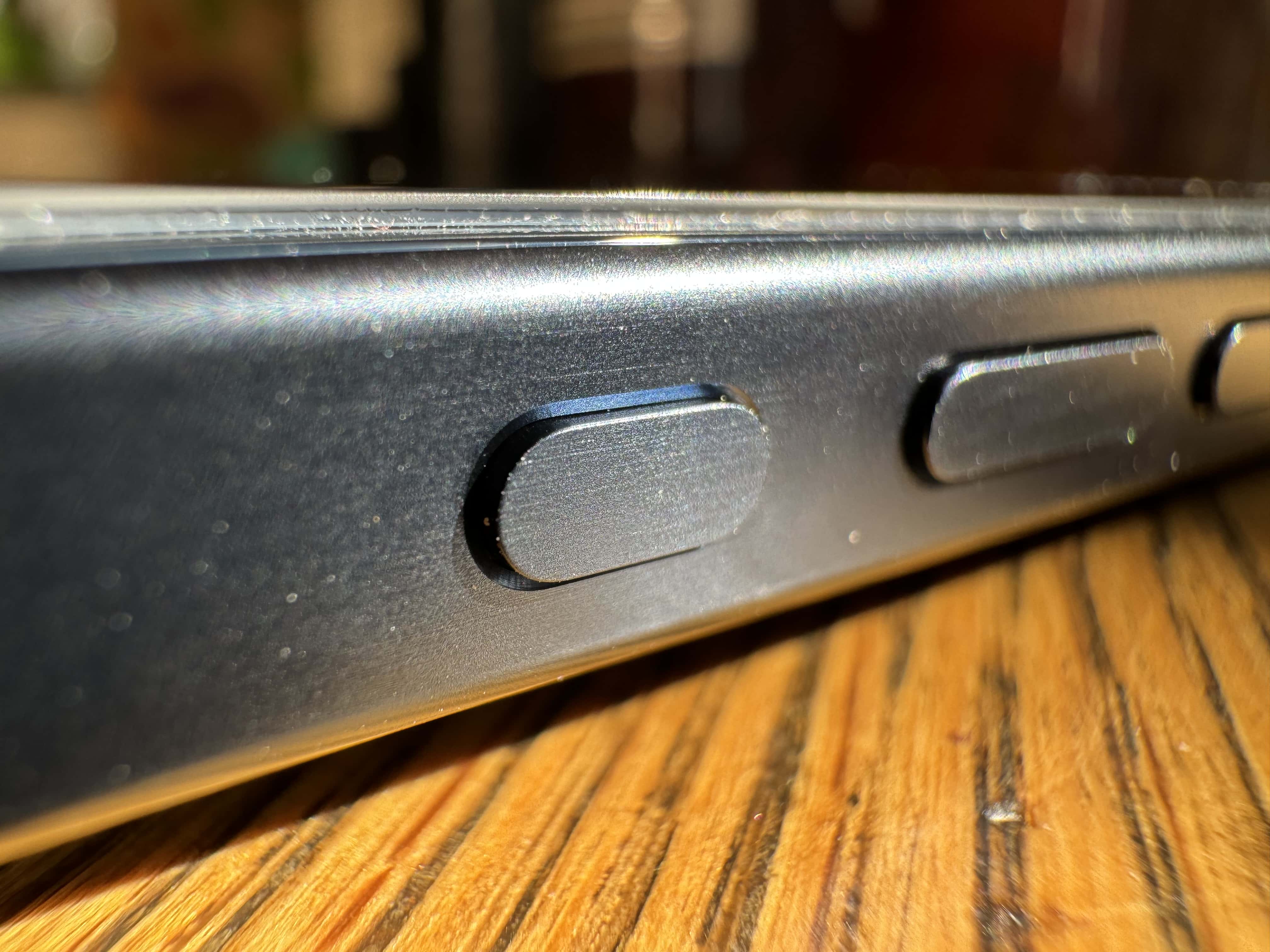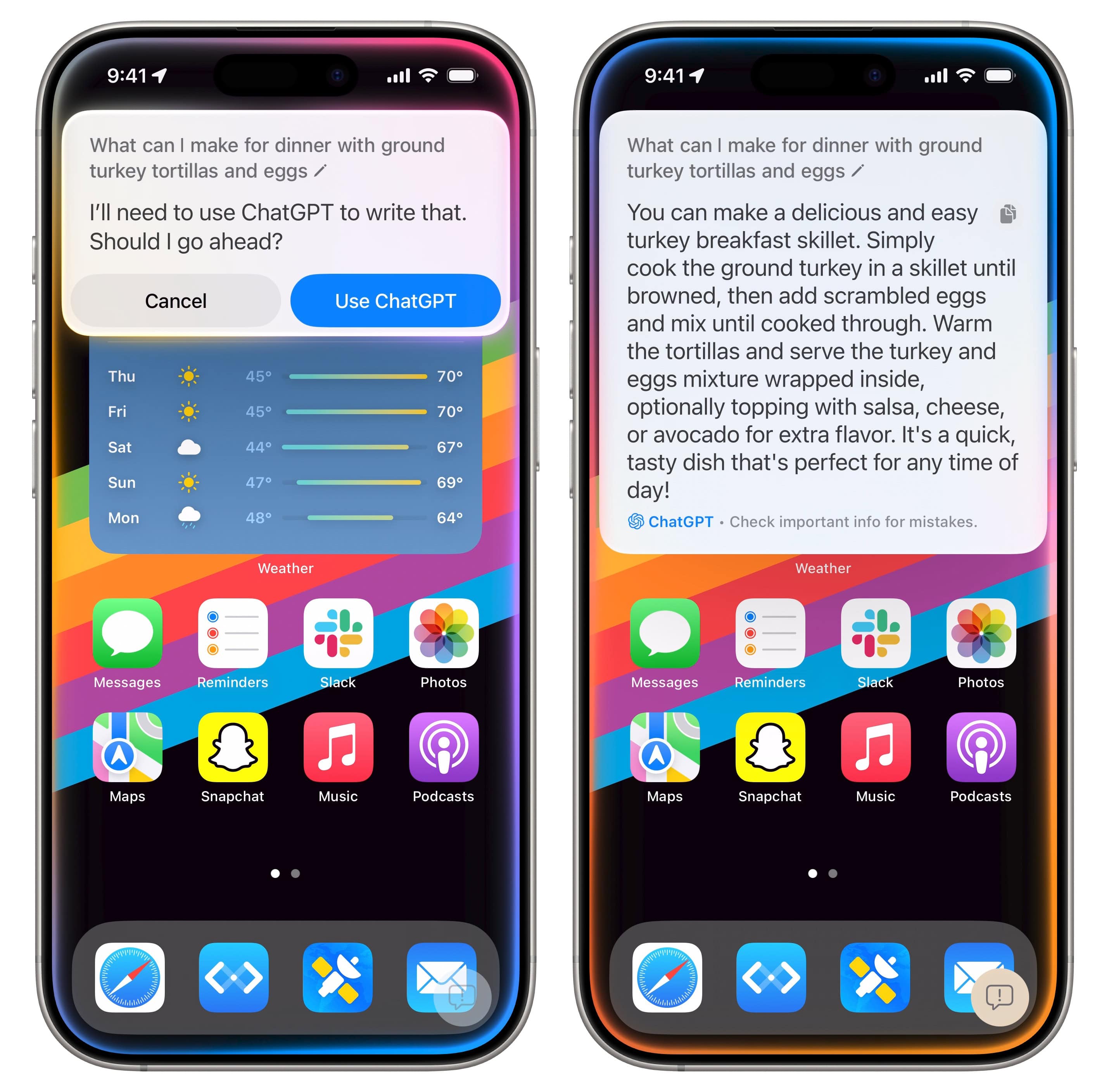iOS improvements over the years have made the iPhone more customizable, more useful and more fun. But iOS 19 could raise the bar even higher by adding the features on my wish list.
Leaks strongly suggest the iPhone’s next operating system update will introduce a bold new visual design, drawing heavy inspiration from visionOS, which powers the Apple Vision Pro headset. But that visual overhaul — part of a project reportedly called Solarium that will unify the look and feel of all Apple operating systems — should not be the sole talking point during the iOS segment of next Monday’s WWDC25 keynote.
From long-overdue interface changes to smarter multitasking and better system controls, iOS 19 (or iOS 26, if Apple goes ahead with a rumored change to its naming system) has the potential to push the iPhone experience forward in meaningful ways.
With WWDC25 just days away, here’s what I hope Apple delivers with its next big update.
iOS 19 features wish list
The reported lack of major new Apple Intelligence features in iOS 19 will be a major talking point. But Apple can make up for it by adding some long-missing features to iOS 19, giving users things they have been requesting for years.
Table of contents: iOS 19 features wish list
- Clipboard manager
- Better RCS messaging experience
- Split-screen multitasking
- Custom volume levels for media, alerts and system tones
- More customizable Action button
- Deeper third-party AI integration
- Dedicated number row for keyboard
1. Clipboard manager
Among all the apps I use on my Mac, a clipboard manager sees the most action. It’s one of the top features on my iPadOS 19 wish list, and I hope Apple brings it to iOS 19 as well.
On Android, I have pinned my name, address, phone number and email address to Gboard‘s clipboard. Plus, it can hold copied items in memory for up to two hours. This makes copying and pasting content across apps a breeze, especially when replying to emails and referencing multiple documents.
Without advanced clipboard support, this task becomes a frustrating chore on iPhones, requiring repeated copying and pasting of items across apps. If Apple’s worried about security, the company could implement strict restrictions and only allow clipboard apps to make their way to the App Store after proper verification.
2. Better RCS messaging experience
Apple jumped on the RCS messaging bandwagon with iOS 18 in 2024. That said, its initial implementation leaves much to be desired. The issue primarily stems from Apple using an older version of GSMA’s Universal Profile 2.4. Due to this, RCS texting between iPhone and Android misses out on end-to-end encryption.
Thankfully, iOS 19 will change this, as Apple plans to add cross-platform end-to-end encryption support later this year.
Another pain point: cross-platform Tapback reactions remain inconsistent, especially when responding to shared media. Hopefully, with Apple adopting Universal Profile 3.0 for RCS texting in iOS 19, all these problems will become things of the past.
In today’s world, there’s no excuse for the messaging experience between iPhone and Android to still be this broken. With iOS 19, I hope Apple will take a step in the right direction to bridge this gap.
3. Split-screen multitasking
Almost every year, I hope Apple adds better multitasking capabilities to iOS, but to no avail. The company does not need to reinvent the wheel or bring full-blown windowed multitasking to iPhones. But it does need to offer a more effective way to multitask on the device.
Split-screen multitasking, as seen on Android, could work on the Pro Max, especially now that they sport larger 6.9-inch displays. Even the smaller iPhone 16 Pro now comes with a bigger 6.3-inch screen. These phones have enough screen real estate for split-screen multitasking without compromising usability. The only reason I can’t use the Messages app while browsing in Safari on my iPhone is Apple’s unwillingness to make it happen.
Performance should not be an issue, considering how powerful the A-series chips inside iPhones are.
If anything, Apple could limit split-screen multitasking to its Pro models, pushing more users toward them.
4. Custom volume levels for media, alerts and system tones
When you press the volume buttons on the iPhone, it changes the ringer and alert volume. Otherwise, when audio or video is playing, pressing the button controls the media playback volume. If you don’t want the physical volume buttons to change ringer and alert volume, you can turn off the “Change with Buttons” option by going to Settings > Sounds & Haptics.
However, the bigger problem is that the system and alarm volumes are linked on the iPhone. On Android, you can set separate volume levels for calls, media, notifications and alarms. Even better, there’s no need to jump into the Settings menu for this. You simply press the physical volume button and expand the volume panel that appears to access these individual controls.
None of this is possible on the iPhone in iOS 18. It’s time for Apple to fix this in iOS 19 and give users proper control over individual volume levels. There’s no reason why my iPhone’s ringtone, alarm and notification sounds are all tied to the same volume setting.
5. More customizable Action button

Photo: Leander Kahney/Cult of Mac
The iPhone’s Action button already offers significantly more customization options than Apple’s usual approach. You can use it to toggle the flashlight, open the Camera app or, more importantly, trigger a shortcut. Yet, Apple’s implementation greatly limits the Action button’s capabilities. You can only assign an action to a single press of the button.
Ideally, Apple should let users assign different actions to a double press or even a triple press of the Action button. That would open the door to a lot more possibilities.
Imagine assigning one shortcut to a single press of the button and a different one to a double press. Apple already does this with the iPhone’s side key, so there’s no reason it cannot bring the same functionality to the Action button.
If anything, this would help compensate for the Action button’s poor placement, especially on the Pro Max models.
6. Deeper third-party AI integration

Screenshot: D. Griffin Jones/Cult of Mac
Apple Intelligence lags behind other AI tools and services on the market. Worse, Apple recently rejigged its AI and Siri leadership, and the results of these efforts likely won’t bear fruit so soon. No wonder the company might not talk about Apple Intelligence much at WWDC25. Until Apple can sort out its AI mess, it should open up iOS 19 to more third-party AI platforms.
iOS 18 already offers ChatGPT integration, but Apple can do better. It should enable the AI assistant to integrate more deeply into the OS, providing easy access to its voice mode and other features. Until Siri gets its act together, Apple should allow ChatGPT to control system settings and apps.
Additionally, the company should partner with Google and bring Gemini AI to iPhones with iOS 19. Rumors indicate Apple will allow at least iPhone users in Europe to ditch Siri for a smarter assistant, thanks to an upcoming directive from the European Union.
7. Dedicated number row for keyboard
The iPhone 16 Pro and Pro Max ship with bigger displays than previous iPhones. The smaller model now packs a 6.3-inch display, while the Pro Max sports a 6.9-inch screen. Yet, both phones provide the same experience as their predecessors, with Apple doing little to utilize the additional screen real estate.
At the bare minimum, iOS 19 should introduce a dedicated number row for the keyboard. This would help speed up text input and more effectively utilize the extra screen space.
With no AI, iOS 19 needs to deliver on other aspects
Apple’s AI struggles are hard to miss. None of the current Apple Intelligence features offer real everyday value. In contrast, OpenAI and Google have rolled out a slew of features designed to streamline daily workflows and enhance productivity.
Since AI likely won’t take center stage at WWDC25, iOS 19 gives Apple the perfect opportunity to tackle other long-standing limitations of the iPhone’s operating system.
